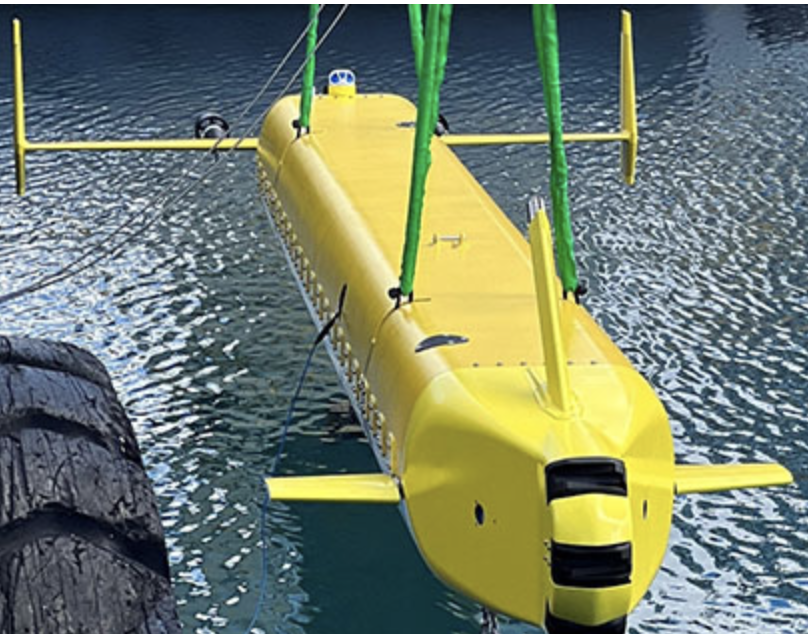(:notitlegroup:)
@inproceedings{ferri2014,
title = {Results From COLLAB13 Sea Trial on Tracking Underwater Targets With AUVs in
Bistatic Sonar Scenarios},
booktitle = {2014 Oceans - St. John's},
author = {Gabriele Ferri and Andrea Munafò and Ryan Goldhahn and Kevin LePage},
pages = {1-9},
month = {September},
year = {2014},
keywords = {autonomous aerial vehicles;control engineering computing;decision
trees;filtering theory;middleware;optimisation;sonar tracking;target
tracking;ASW;AUV;CMRE software system;COLLAB13 sea trial;MOOS-IvP
middleware;antisubmarine warfare;bistatic sonar scenarios;computational
intensive algorithms;decision tree;line array;littoral
surveillance;multistatic network;nonmyopic strategy;optimization;realistic ASW
scenarios;receding horizon strategy;receiver node;target state
estimation;tracking filter;underwater target tracking;vehicle heading
angles;Arrays;Covariance matrices;Decision trees;Optimization;Receivers;Target
tracking;Vehicles},
abstract = {We describe the implementation of a novel non-myopic, receding horizon
strategy to control the movement of an AUV towing a line array acting as a
receiver node in a multistatic network for littoral surveillance and
Anti-Submarine Warfare (ASW). The algorithm computes the vehicle heading
angles to minimize the expected target position estimation error of a tracking
filter. Minimizing this error is typically of the utmost interest in target
state estimation since it is one way of maintaining track. The optimization
solves a resulting decision tree taking into consideration a planning future
horizon. In this paper, we focus on how to solve the different challenges
related to the implementation of this kind of computational intensive
algorithms on vehicles operating in realistic ASW scenarios and characterized
by limited computational power. Specifically, we describe the multistatic
network used in COLLAB13 experiments, how we simplify the solution of the
resulting decision tree and the implementation of the algorithm in CMRE's
software system running on AUVs and based on MOOS-IvP middleware. We conclude
reporting results from COLLAB13 which demonstrate the feasibility to use the
proposed algorithm in realistic operations onboard AUVs and its effectiveness
over conventional predefined tracklines.}}
